Do you know your T-Score?
 Sharing this blog today written by Trent McEntire of McEntire Pilates. Trent has been sharing his discoveries and method with those seeking to overcome their own movement limitations for 20 years. As someone that became a professional dancer after rehabilitating his own severe movement restrictions established at birth due to Cerebral Palsy, Trent McEntire understands how the quality of life is affected by how well you can (or can’t) move your body.
Sharing this blog today written by Trent McEntire of McEntire Pilates. Trent has been sharing his discoveries and method with those seeking to overcome their own movement limitations for 20 years. As someone that became a professional dancer after rehabilitating his own severe movement restrictions established at birth due to Cerebral Palsy, Trent McEntire understands how the quality of life is affected by how well you can (or can’t) move your body.
The 44 million people with either osteoporosis or low bone mass represent 55 percent of the people aged 50 and older in the United States, according to the International Osteoporosis Foundation. Pilates exercises can help to reverse the effects, but how do you really know it’s working?
The best way to measure risk of Osteoporosis is through a bone density test. A bone density test uses X-rays to measure how many grams of calcium and other bone minerals are packed into a segment of bone. Areas of the bone typically tested are in the spine, hip and forearm.
How to Read a T-score?
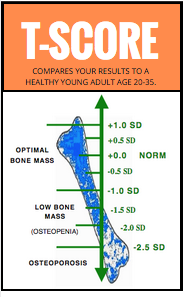 Results of a bone density test provide a T-score, which indicates how your Bone Mass Density (BMD) compares to that of a healthy 20- 35 year-old. By age 30, a person’s bone density is at its peak and should ideally be maintained at this level throughout their life. As BMD decreases from this peak density, the risk of fracture increases.
Results of a bone density test provide a T-score, which indicates how your Bone Mass Density (BMD) compares to that of a healthy 20- 35 year-old. By age 30, a person’s bone density is at its peak and should ideally be maintained at this level throughout their life. As BMD decreases from this peak density, the risk of fracture increases.
The T-score is in units of standard deviations (SD) and determines whether your bones are more dense (+) or less dense (-) than those of a 20-35 year-old adult. A score of -2.0 can indicate that the person has Osteopenia, a precursor to Osteoporosis. At a level of -2.5, the diagnosis based on the T-score is Osteoporosis.
When I work with my clients, I encourage them to know their T-score, so that I can use the results as part of my assessment. The T-score also serves as a measurement tool to identify how a person is improving throughout the program. When a client that I have been working with brings in a doctor report that states their bone density is increasing, it’s an amazing experience!
If you’d like more information about Bone Density testing, click here. If you know your T-score, or if you have a bone density test scheduled in the near future – please bring in your scores so we can add them to your file!
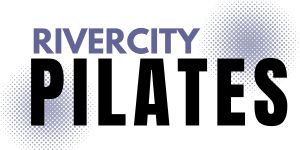
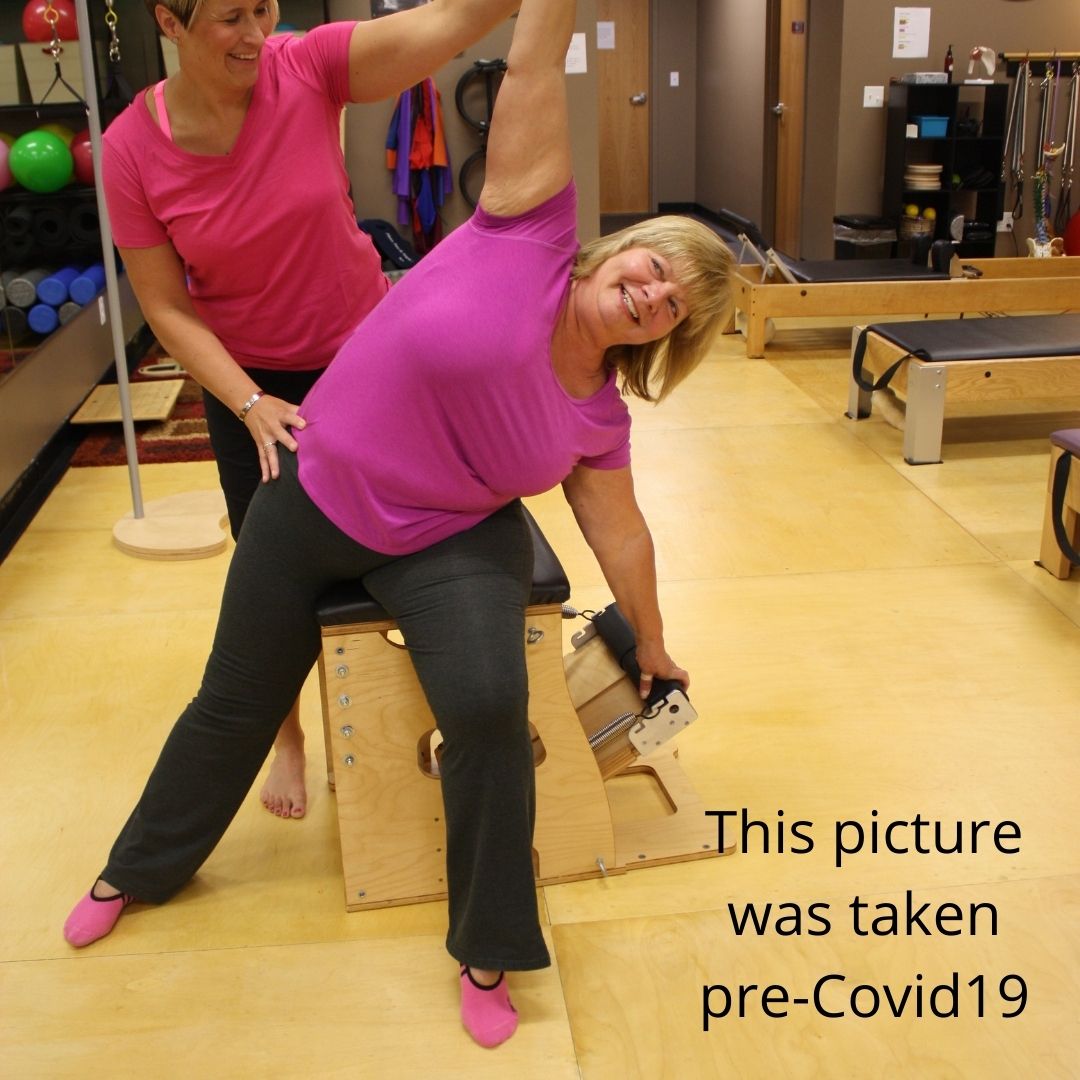
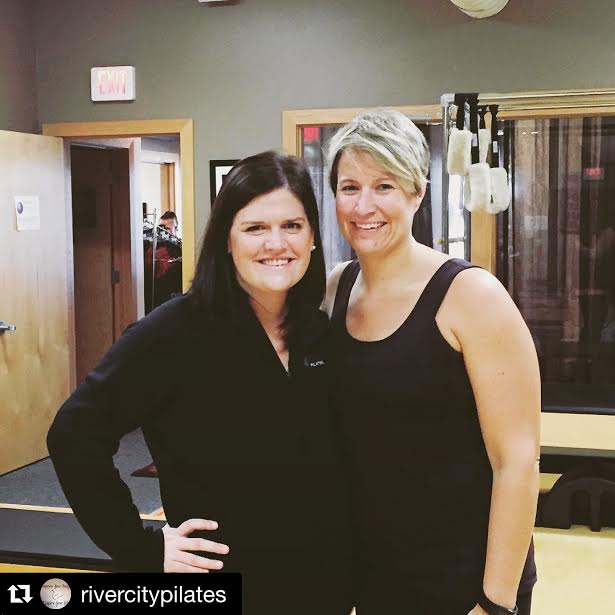
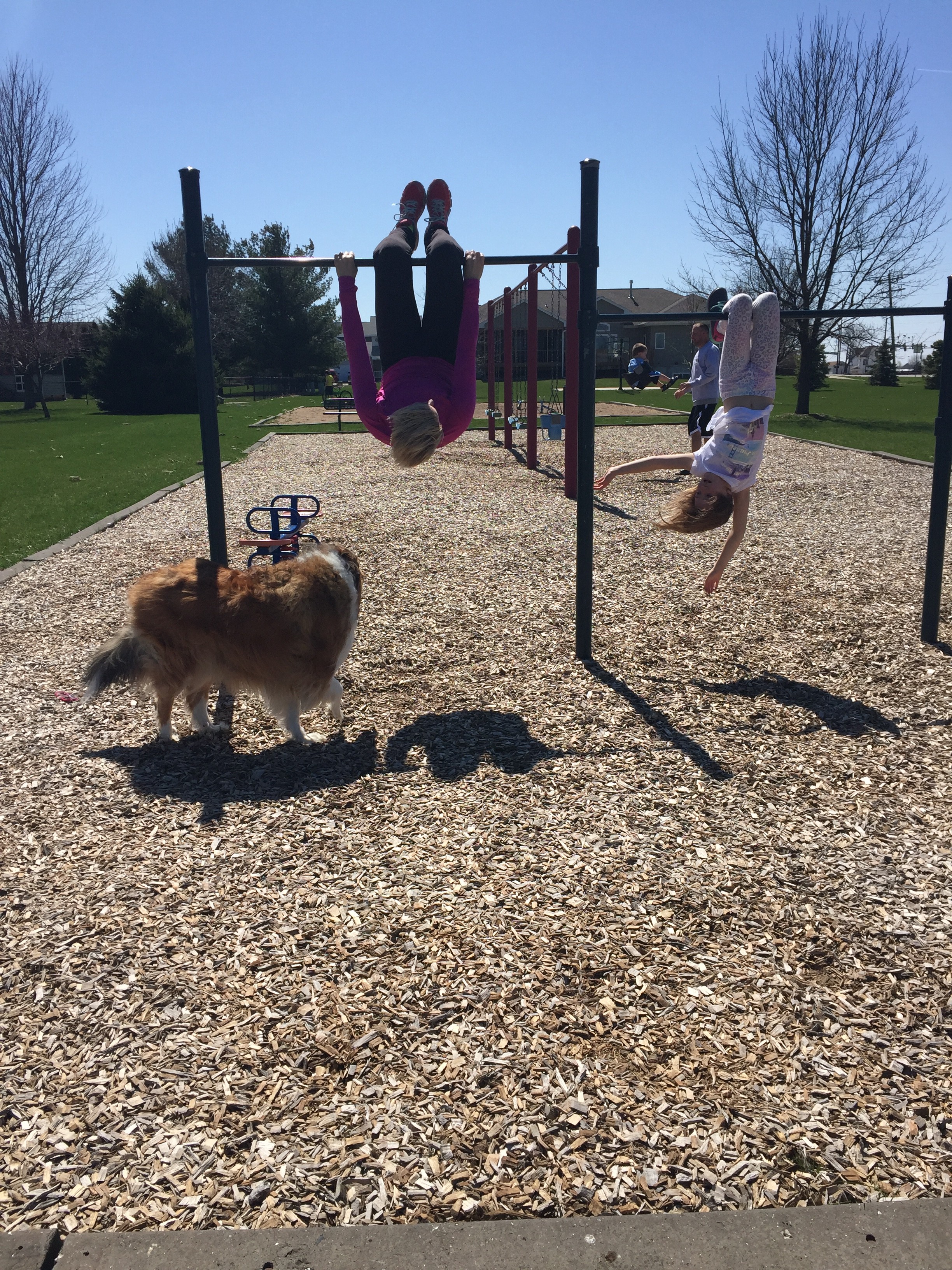

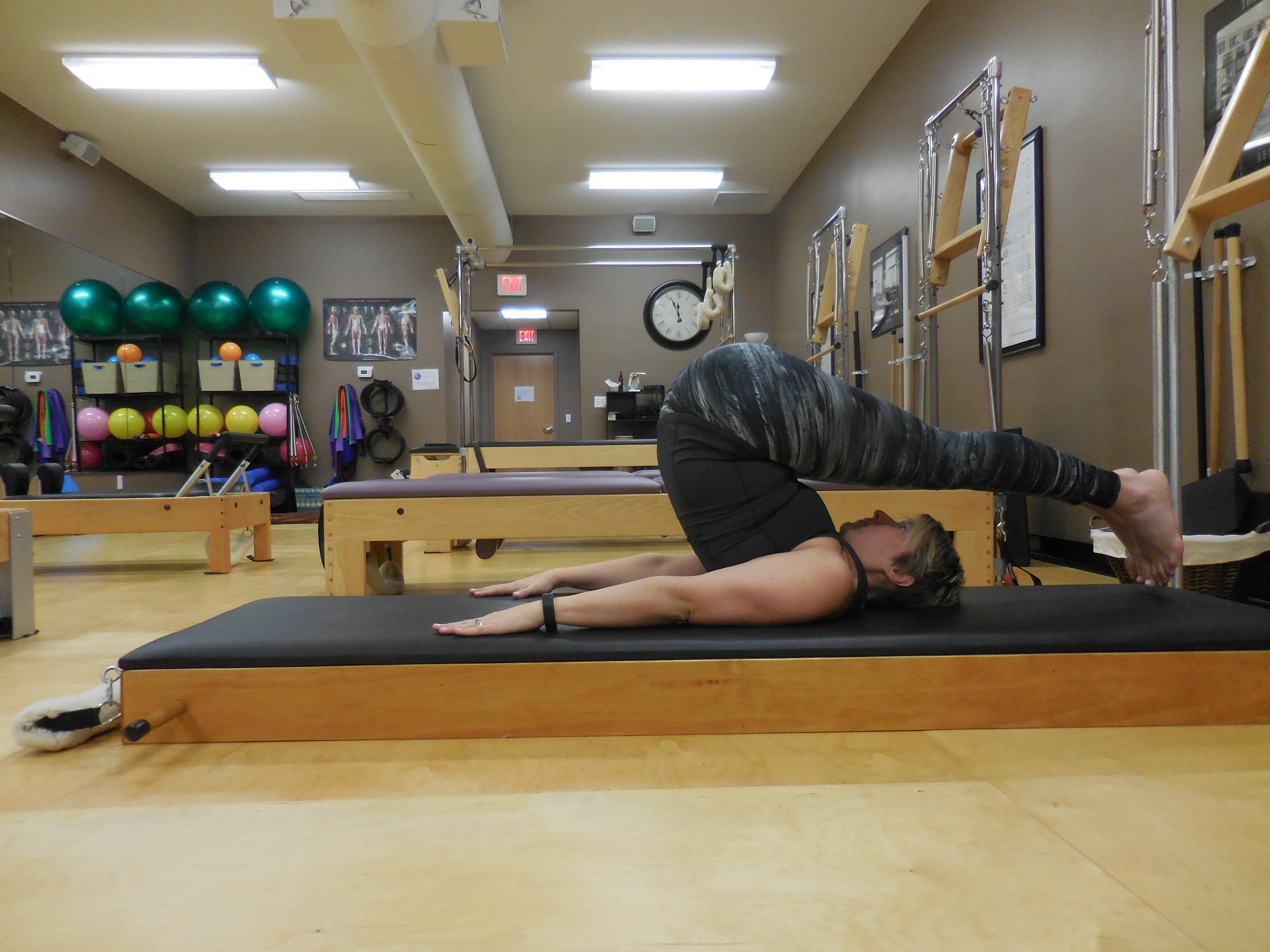
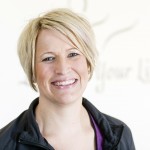
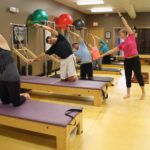
Leave a Reply
Want to join the discussion?Feel free to contribute!